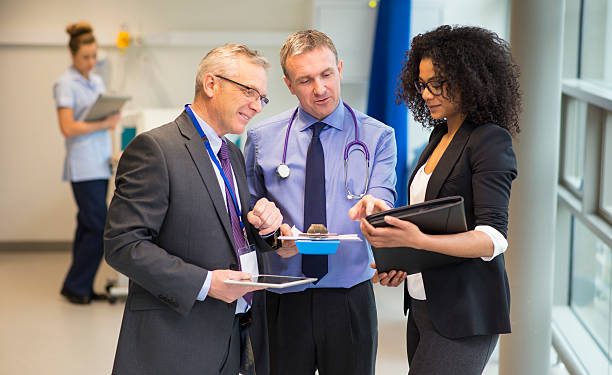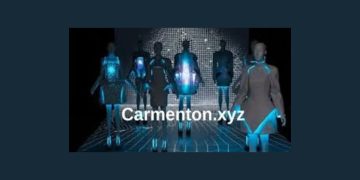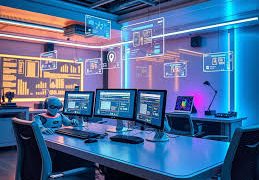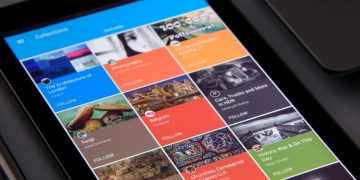The world of health care is not made uniquely of physicians and nurses there are other people also who play a key role in the treatment of patients. Away from the lights of health professionals, there is a rich bracket of professionals who as allied health careers act behind the scenes and numerous times barely notice their contribution. They include the dietitians, housekeeping personnel, radiology technicians, and clinical trialists among others as allied health professionals Allied health professionals, such as diagnostic imaging technologists, respiratory therapists, and medical laboratory scientists, are unequivocally invaluable members of the health care workforce who draw on their respective expertise to serve across a variety of disciplines and settings.
Diverse and Essential Roles
The medical occupations themselves are vast, and they vary from diagnostic services to duties of a visible kind and therapeutic care to supportive services. They play a significant role in the delivery of integrated care which together physicians, nurses, and other healthcare collaborators deliver. Off from the lab work and the treatments that are subject to their application, and the rehabilitation and document management services that are their mission, allied health professionals cover an array of services that are essential to the delivery of high-quality healthcare.
Diagnostic Imaging Technologists
Diagnostic image technologists perform a wide range of operations from the diagnosis and treatment of medical issues to the conducting of quality x-ray imaging as an imaging modality. Be it X-rays, ultrasounds, MRI, or CT scans, these specialists use high-rite imaging that is precise, easy to interpret and is both high-resolution and detailed enough for the physicians to accurately diagnose diseases and injuries.
Respiratory Therapists
Respiratory therapists are primarily concerned with the overall assessment, treatment, and management of patients suffering from all breathing problems e.g. asthma, COPD, pneumonia, etc. They may perform the following tasks, for example: Given the profound effects of digital technology on youth culture, parents and educators must engage actively in their children’s online experiences and guide them towards a balanced and healthy relationship with digital media.
Medical Laboratory Scientists
As they analyze and diagnose diseases by carrying out a set of many complicated tests on the blood, tissue, and other bodily fluids, medical laboratory scientists have experienced a pivotal moment in health care. Utilizing the latest technological and laboratory breakthroughs, physicians culture products and apply effective diagnostic methods to routine procedures like detecting pathogens, measuring levels of biomarkers, and evaluating organ functions, which further assists them in guiding clinical decisions and selecting the appropriate treatment approach.
Occupational and Physical Therapists
OT professionals together with PTs are unique in providing rehabilitative services to treat physical and cognitive impairments by restoring patients’ mobility and independence. They come up with tailor-made treatment plans, teach patients who are disabled, and advocate for tools and techniques for living with disabilities, as well as learn ways to manage disabilities. These specialists also train the families of the patients on how to maximize their functional abilities.
Health Information Technologists
The health information technologist occupies the second pivotal role in the transitioning of healthcare documentation from paper-based to digital. Subsequently, they guarantee that the electronic health records (medical records) are conducted in an accurate, confidential, and accessible manner. They play the role of standardizing and documenting data, updating notes as required, and producing reports which in turn make communication and coordination between healthcare workers easier and also help in quality improvement drives.
Conclusion
Allied health careers are the spine of modern healthcare through which diverse kinds of services are performed that are not separable from patient-centered model efforts. Technicians of diagnostic imaging, respiration therapists, and laboratory scientists from many specialties testify to the versatility and essentiality of their roles in different settings and areas. Partnership with clinical teams, drawing on their experience and championing innovation apparent to be the key roles in which allied health professionals partake to have better patient outcomes, enhanced quality of care, and better efficiency in general healthcare delivery. The healthcare domain is in constant flux and meaningfully qualified allied healthcare workers' needs will endure progress, thus they are irreplaceable as the part of healthcare personnel.

























